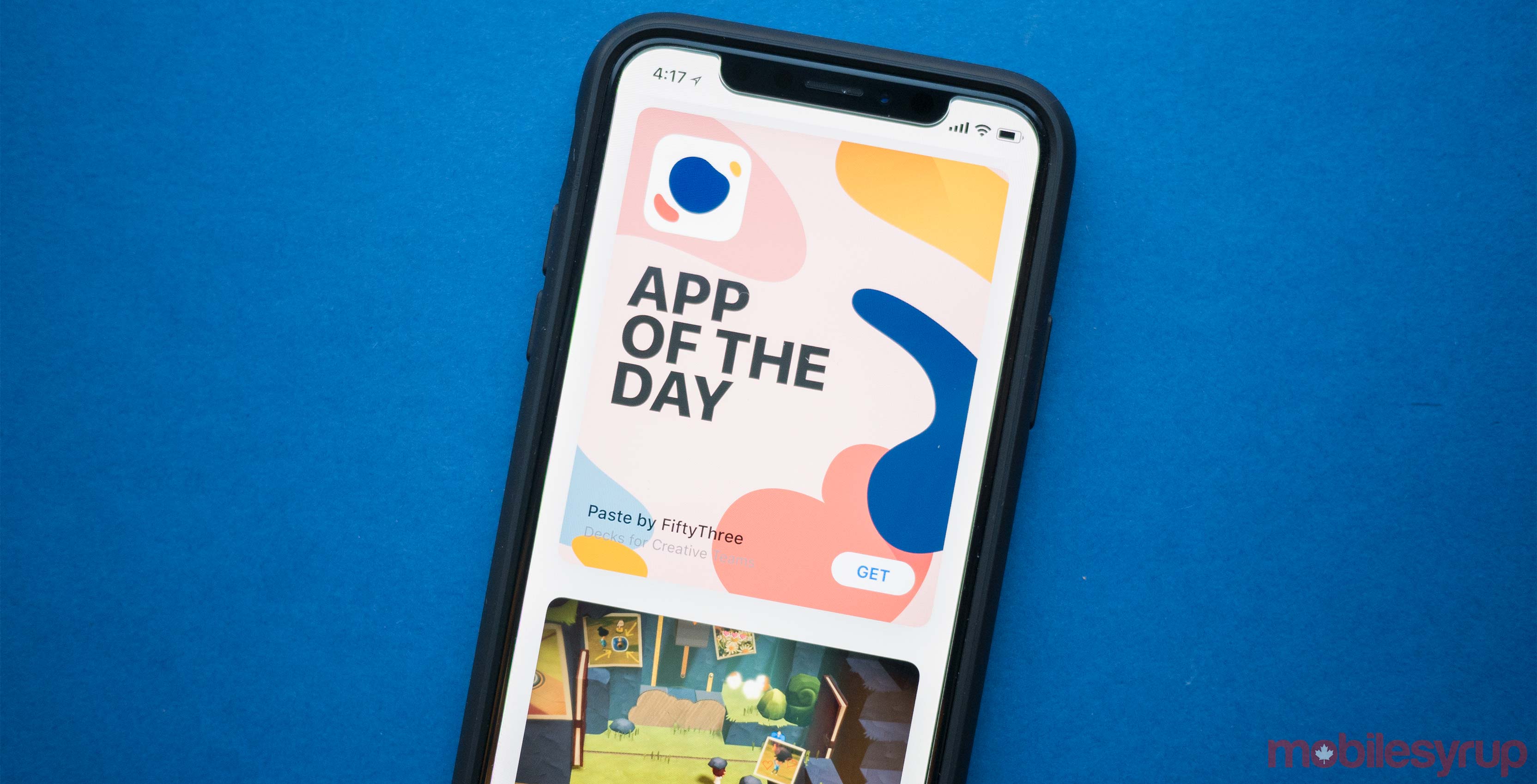Apple is notorious for retaining a closely guarded secret of what takes place in its laboratories. But the iPhone maker is planning to brazenly share the whole thing that is happening in their newest Austin, Texas lab. According to Thursday, it will open a “Material Recovery” laboratory to investigate new methods using robotics and machine learning to rip away their devices and get better valuable substances like copper, aluminum and cobalt.
The 9,000-square-foot laboratory will be located at the same Austin facility as “Daisy,” an Apple-built robot that can now tear aside iPhones at an annual fee of 1.2 million. The lab is part of Apple’s broader goal of making all its products from recycled or renewable materials. Apple has not set a date for reaching that goal, though some products such as MacBook Air already feature aluminum made from melted down iPhones traded into Apple.
Lisa Jackson, Apple’s vice president of Environment, Policy and Social Initiatives, told Reuters that the research will inform how Apple designs its products.”I firmly believe that the lessons we are making there will be for all of Apple, and hopefully for all of our industry, and will naturally influence designers and engineers as we move forward, “Jackson said in an interview. In the past, Apple has been criticized for making it difficult to disassemble products so that they can be recycled due to its thin and light product design.
Kyle Wiens, iFixit’s chief executive, which provides free restore guidelines for electronics, said Apple deserves some credit for making the iPhone reasonable for recycling. But he said a lot of other famous merchandise in his lineup-like his headphones from AirPods-can’t be recycled economically because they’re caught with glue.
Jackson again pushed against that notion, saying that smaller merchandise reduces the use of fabric and that Apple is focused on producing long-lasting products. The company released figures for the first time, indicating that Apple brought 7.8 million devices as trade-ins to the last year with new users. Thursday the robot retrieved materials into new products. For example, batteries recovered by Daisy will be sent to recyclers so that the cobalt from them can be used in new Apple batteries.
